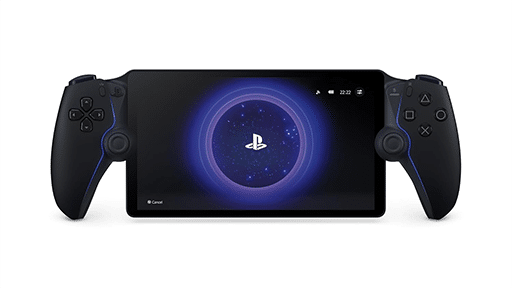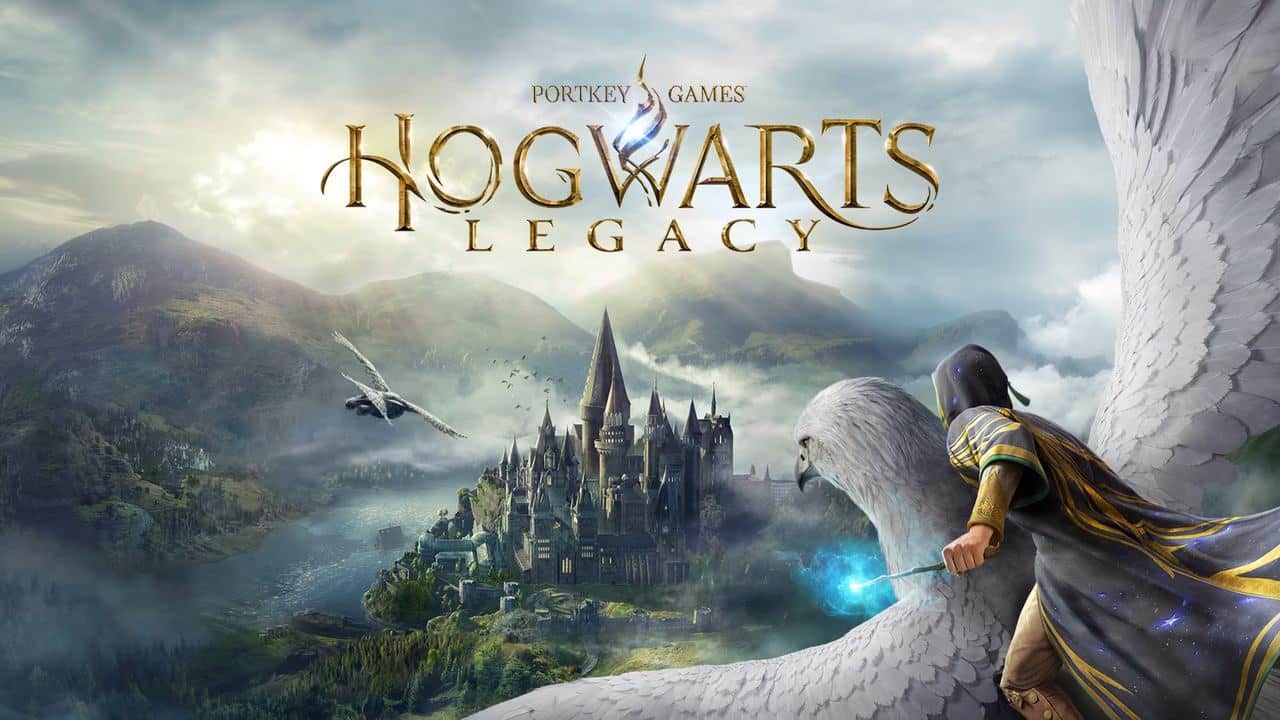
Hogwarts Legacy puts you in the shoes of a fifth-year student arriving late to a very familiar school. Developed by Avalanche Software and published by Warner Bros. Games under the Portkey Games label, it’s an open-world RPG set long before Harry Potter ever set foot in Hogwarts.
You’ll explore the castle, learn spells, battle dark wizards, and unravel the mystery behind a rare form of ancient magic. It’s a mix of school life and larger threats, with plenty of side adventures along the way.
I first played Hogwarts Legacy on Xbox Series X|S when it came out in early 2023. This time, I returned to it on Nintendo Switch 2 to see how it compares. With smoother performance and sharper visuals, this version cleans up many of the original Switch release’s problems. But underneath the improvements, it’s still the same magical adventure.
Let’s dive in and see how it holds up.
Dark Secrets and Magical Roots
Hogwarts Legacy is set in the late 1800s, well before Harry Potter’s time. You play as a fifth-year student who arrives at Hogwarts under unusual circumstances. You’re behind your classmates, and you have a rare ability to sense and use ancient magic.
The story opens with a sudden attack and quickly leads into something much larger. A goblin named Ranrok is leading a rebellion. He’s joined by dark witches and wizards who are trying to unlock the secrets of ancient magic for themselves.
The setup works well, especially early on. I liked the idea of starting school late and slowly catching up through special lessons and side quests. It gave the story a natural way to introduce new spells and areas. There’s also a mystery behind your character’s powers that keeps things moving, even when the pacing dips.
Unfortunately, the plot doesn’t always deliver on its potential. Ranrok never really grows beyond a one-note villain, and many twists are easy to see coming. Still, the story does just enough to keep you pushing forward. I appreciated how it tried to tell something original rather than just retreading the books or films.
The tone shifts a bit as things go on. What starts as a school-year adventure turns into a darker, more serious tale about power, control, and legacy. It reminded me a little of how the later films grew up with their audience, even if this story doesn’t reach the same emotional highs.
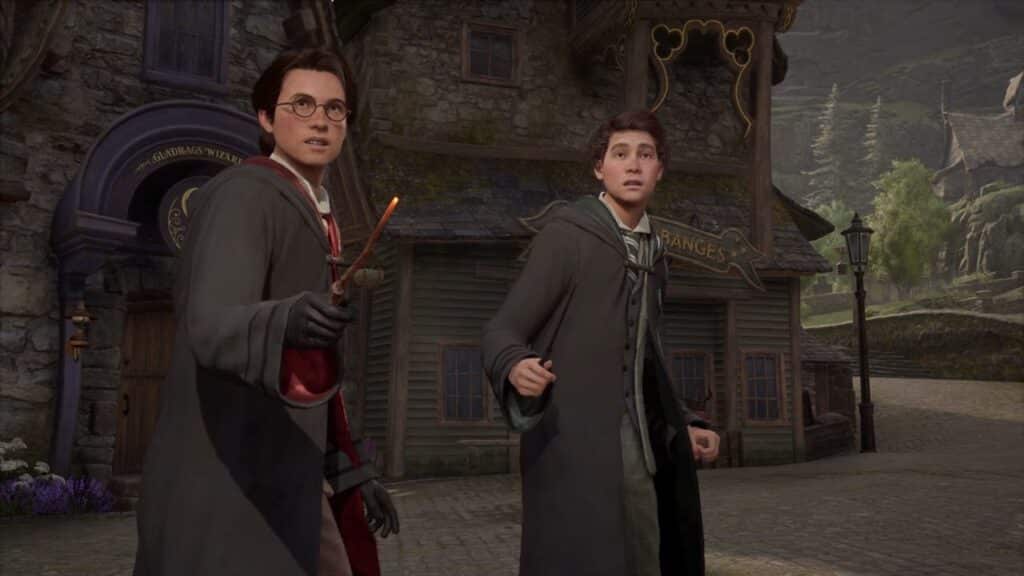
Learning Spells, Breaking Shields, and Exploring Secrets
Hogwarts Legacy plays like a familiar open-world RPG, but the magic theme helps it stand out. You explore Hogwarts, Hogsmeade, and the nearby countryside while unlocking spells, solving puzzles, and battling enemies. The world feels packed with things to do, even if some activities repeat over time.
Combat revolves around spellcasting. You unlock over 20 spells, then slot them into groups of four. Each one has a cooldown, so managing timing matters. I liked how enemy shields match spell types. You might need to use Levioso to break a yellow barrier, or Accio for a purple one. It adds just enough strategy without slowing things down.
The combat felt smooth once I got into a rhythm. In one fight near a goblin camp, I used Disillusionment to sneak past two guards, then opened with Petrificus Totalus. When things got loud, I quickly swapped spell sets, tossed out a Confringo, and pulled a troll’s club into another enemy with Flipendo. It all clicked in that moment, and I started mixing spells more often after that.
Outside of combat, there’s plenty to explore. Merlin Trials act as puzzle shrines, often asking you to use spells in clever ways. The castle hides secrets, locked doors, and hidden portraits. Classes unlock new spells, while side quests build relationships with students and professors.
The Room of Requirement adds a base-building element. You can grow plants, brew potions, and customize the space. It’s optional, but it helps if you want to upgrade gear or collect resources. Catching beasts in the wild and bringing them back to care for them also ties into that system, though it feels more relaxed than necessary.
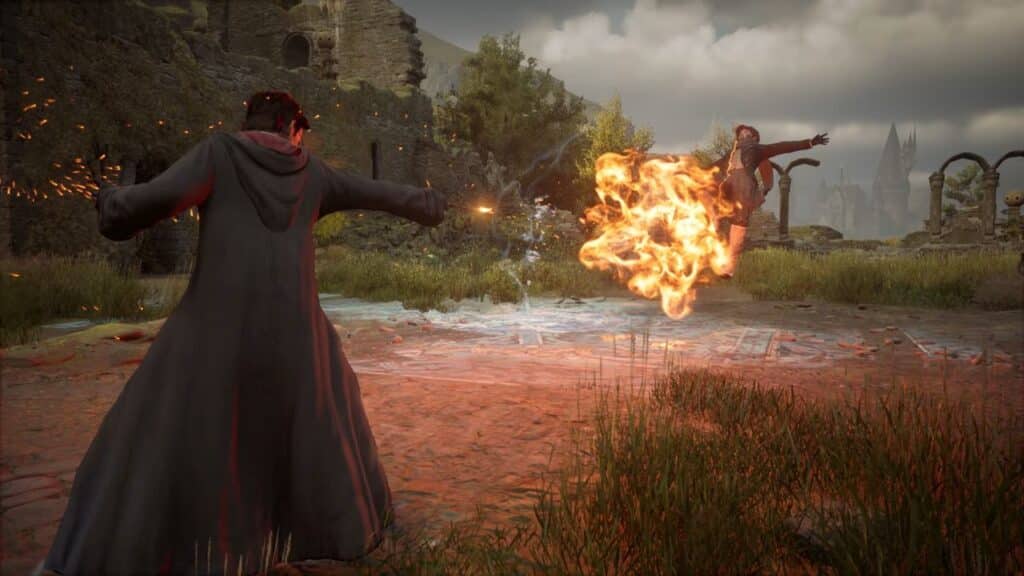
A Better View of the Wizarding World
Hogwarts Legacy looks much better on Nintendo Switch 2 than it did on the original Nintendo Switch. The visual upgrade is easy to notice, whether you’re wandering through castle halls or flying over the Highlands. It’s not quite on par with PS5 or Xbox Series X, but it comes surprisingly close to the Xbox Series S version.
Load times are much faster now. You can walk through shop doors in Hogsmeade or enter new areas without long waits. The framerate stays steady during most combat and exploration, and even bigger fights rarely cause issues. It’s not locked at 60 frames per second, but it holds up well.
Docked mode runs at 1440p, while handheld mode hits 1080p. I mostly played handheld, and the image stayed sharp throughout. Hair still flickers a bit during close-up scenes, and some textures load late, but nothing felt distracting for long. What impressed me most was how alive Hogwarts feels. The animated portraits, moving staircases, and magical effects around classrooms bring the setting to life. Ambient details like shifting light, distant chatter, and flickering torches help sell the mood. These improvements reflect the work Avalanche put into optimizing this version specifically for Switch 2. Studio Head Rob Nelson shared more details about these upgrades in a recent Creator’s Voice interview.
Sound design also deserves credit. The soundtrack fits the tone of each area without relying too much on familiar movie themes. Some side character voices sound a little off, especially when reused too often, but the main cast performances work well enough to support the story. Menus and UI elements feel smoother too, especially with touchscreen and mouse controls. Scrolling through gear or tracking quests felt quick and easy, even in the middle of combat.
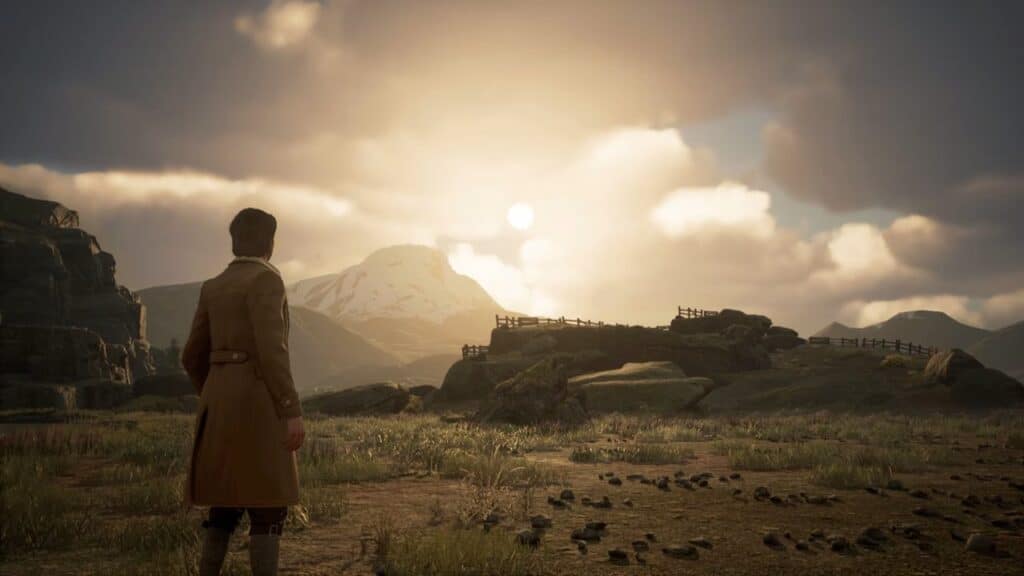
Hogwarts Legacy Gets the Handheld Version It Deserves
Playing through Hogwarts Legacy again on Nintendo Switch 2 reminded me of what pulled me in the first time. The story still has its weak points, and some features feel like missed opportunities. But the world itself kept drawing me back in. Whether I was wandering the castle or flying above the Highlands, I always found something worth chasing.
This version runs far better than it did on Nintendo Switch. Load times are quicker, the visuals look cleaner, and the game just feels smoother overall. You’ll still see the odd hiccup here and there, like flickering hair or a momentary stutter, but none of it got in the way.
That said, the core experience hasn’t changed. If you didn’t like it before, this version won’t change your mind. The main story leans on familiar beats, and some side quests feel more like errands. Quidditch is still missing, and the classes don’t matter as much as you might expect. Even so, there’s plenty here to enjoy.
I wasn’t planning to play it again after finishing it on Xbox Series X, but having it on the go changed things. It was easy to get lost in the world during short sessions or quiet evenings. I slowed down, explored more, and paid attention to details I missed the first time.
If you passed on Hogwarts Legacy before or couldn’t deal with the Nintendo Switch version, this is the one to try. It’s not flawless, but it finally feels like the full experience, just on a handheld.
Hogwarts Legacy

Summary
Hogwarts Legacy delivers a rich open-world RPG with satisfying spellcasting, strong exploration, and detailed world-building. While the story falls into familiar patterns and some side content drags, the overall experience remains rewarding. It’s not flawless, but the blend of combat, puzzles, and Hogwarts charm makes it worth your time.
As always, remember to follow us on our social media platforms (e.g., Threads, X (Twitter), Bluesky, YouTube, and Facebook) to stay up-to-date with the latest news. This website contains affiliate links. We may receive a commission when you click on these links and make a purchase, at no extra cost to you. We are an independent site, and the opinions expressed here are our own.






